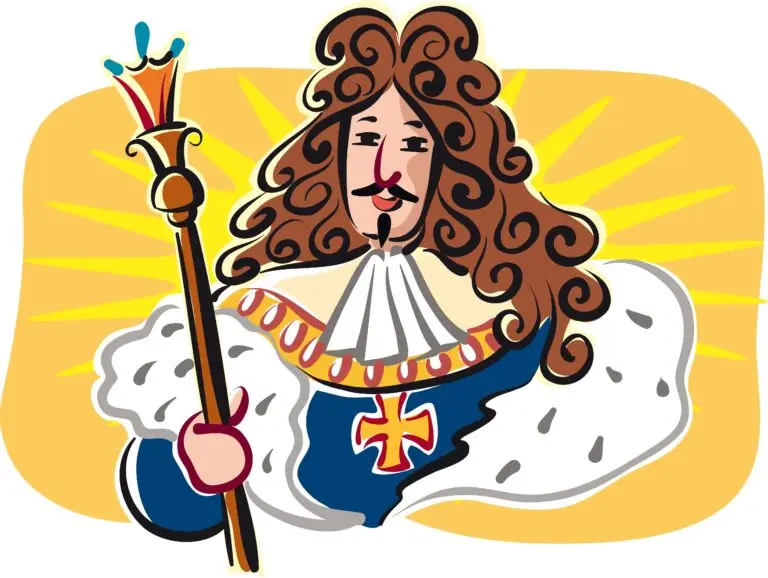Absolutism
Table of Contents

What is Absolutism?
Absolutism refers to a political system where a single ruler holds total power. This ruler, often a monarch, exercises authority without major limitations. The system emerged in Europe during the late 16th and 17th centuries. It peaked in the 17th and 18th centuries. Absolute monarchs claimed divine right, asserting a higher power granted their authority. They often viewed their rule as a sacred duty.
In absolutist systems, rulers aimed to centralize power. They did this by reducing the influence of bodies like parliaments. This minimized checks on their authority. These rulers controlled legislation, taxation, and the military. They created highly centralized and authoritarian states.
Notable absolutist rulers include Louis XIV of France and Peter the Great of Russia. Frederick II of Prussia is another example. Absolutism significantly influenced early modern Europe’s political scene. Its impact lasted through various transformations in subsequent centuries.
Absolute Monarchy History
Absolutism emerged in Europe during the 17th century as a political system where a single ruler, often a monarch, held absolute power and authority.
Louis XIV of France, known as the “Sun King,” is a prominent example of an absolute monarch who ruled from 1643 to 1715, centralizing power in the French monarchy.
Absolutist rulers justified their authority through the idea of divine right, claiming that God granted them their power and, therefore, they were accountable only to divine authority.
The Treaty of Westphalia, which ended the Thirty Years’ War in 1648, contributed to the consolidation of absolutist power by recognizing the sovereignty of individual states and rulers.
Absolutist monarchs sought to control and weaken traditional power centers, such as the nobility, by promoting a highly centralized bureaucracy.
The construction of extravagant palaces, like Versailles in France, symbolized the monarch’s power and tools for controlling the nobility.
Absolutist rulers often imposed mercantilist economic policies, aiming to strengthen the state’s economy through regulation and control of trade.
Establishing standing armies was a characteristic feature of absolutist rule, providing the monarch with a means to enforce control and suppress dissent.
In Russia, Tsar Peter the Great implemented multiple reforms in the late 17th and early 18th centuries to modernize and centralize the Russian state, reflecting elements of absolutism.
Despite being an absolute monarch, Frederick the Great of Prussia implemented reforms such as religious tolerance and legal improvements, showcasing variations within absolutist rule.
Related Links
Glorious Revolution
Bourbon Dynasty
Franco-Prussian War
French Revolution